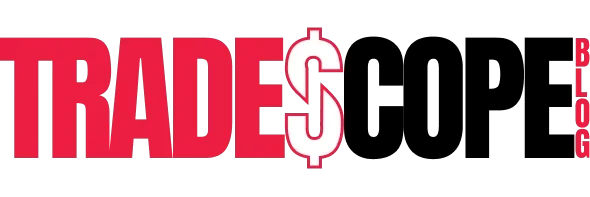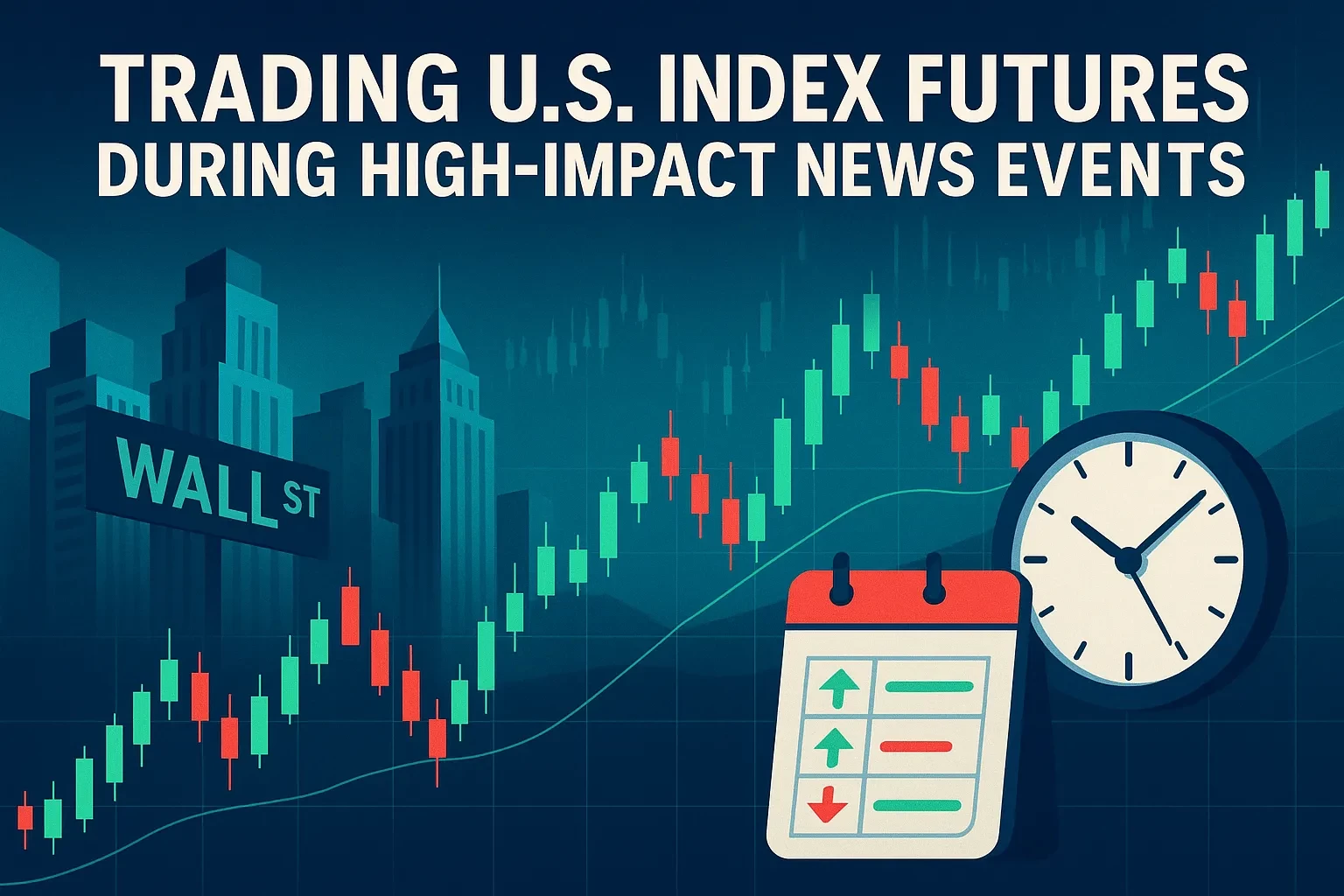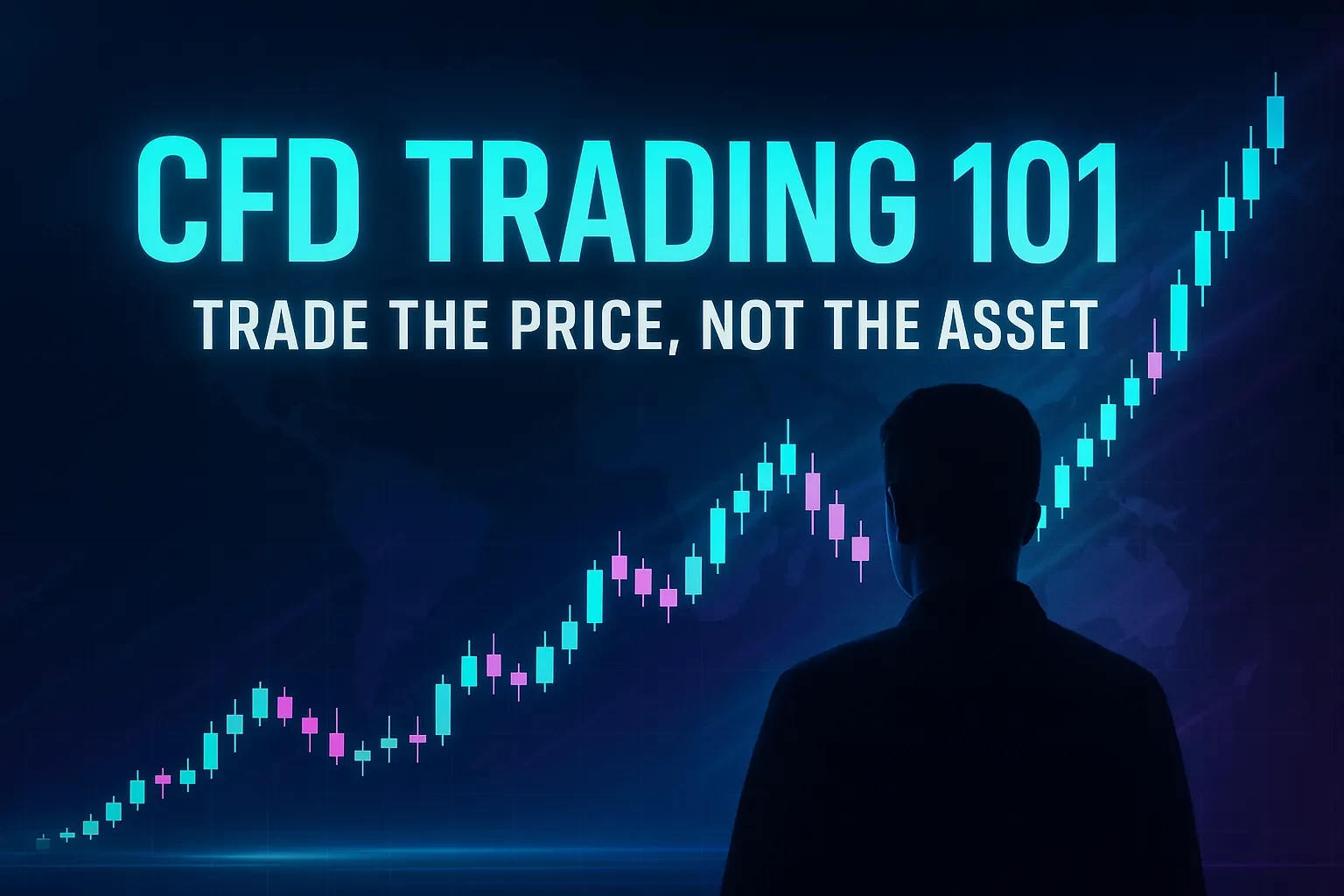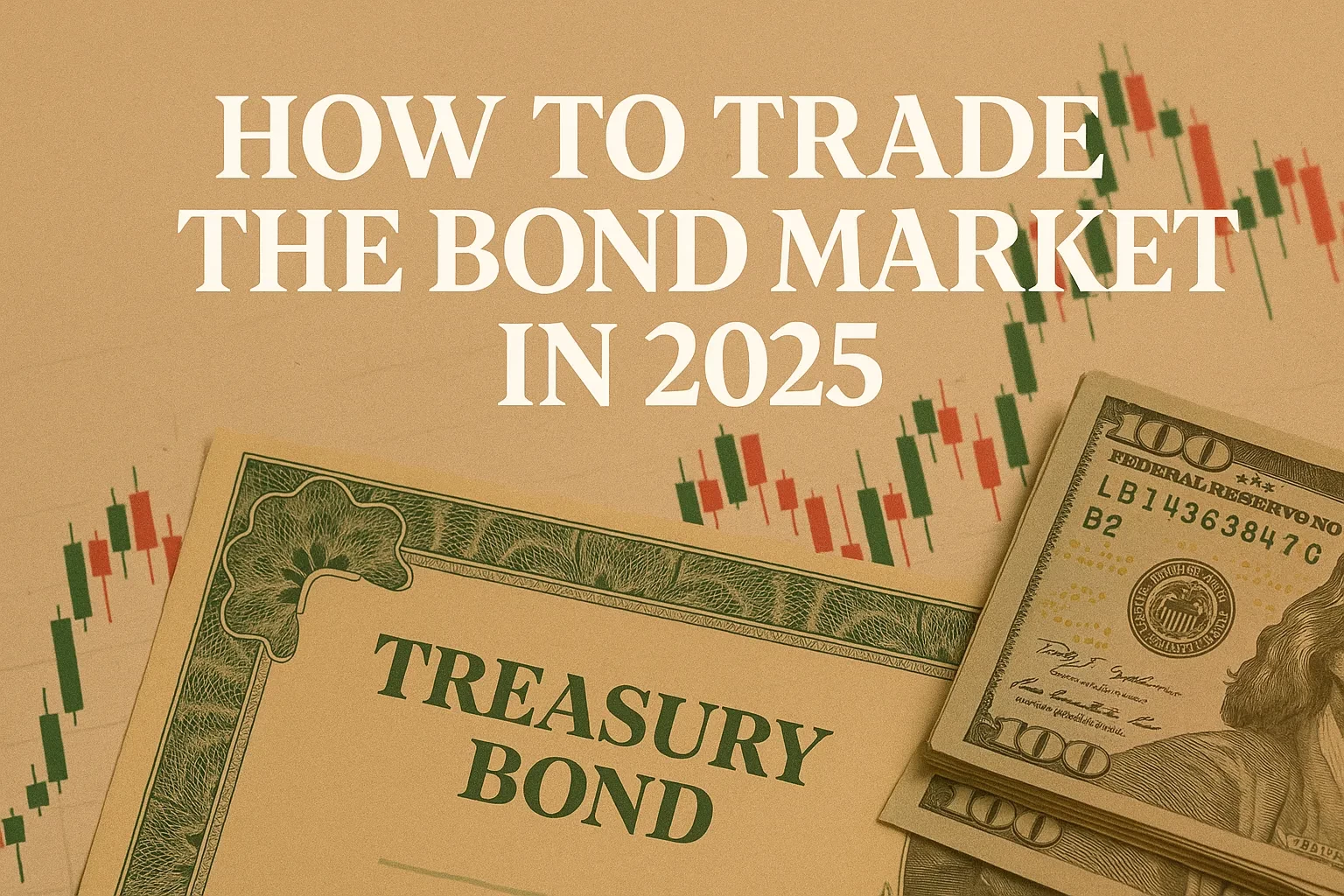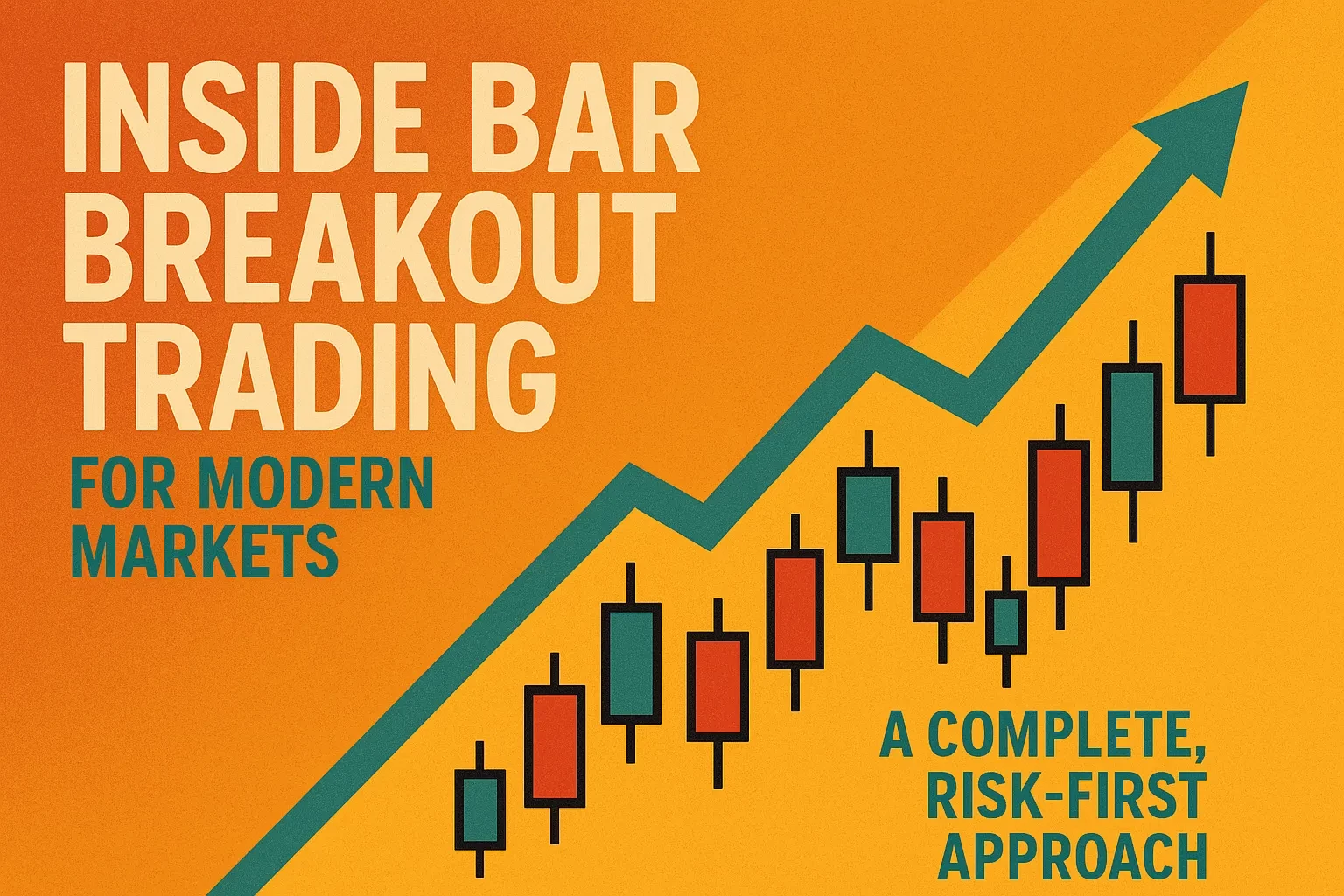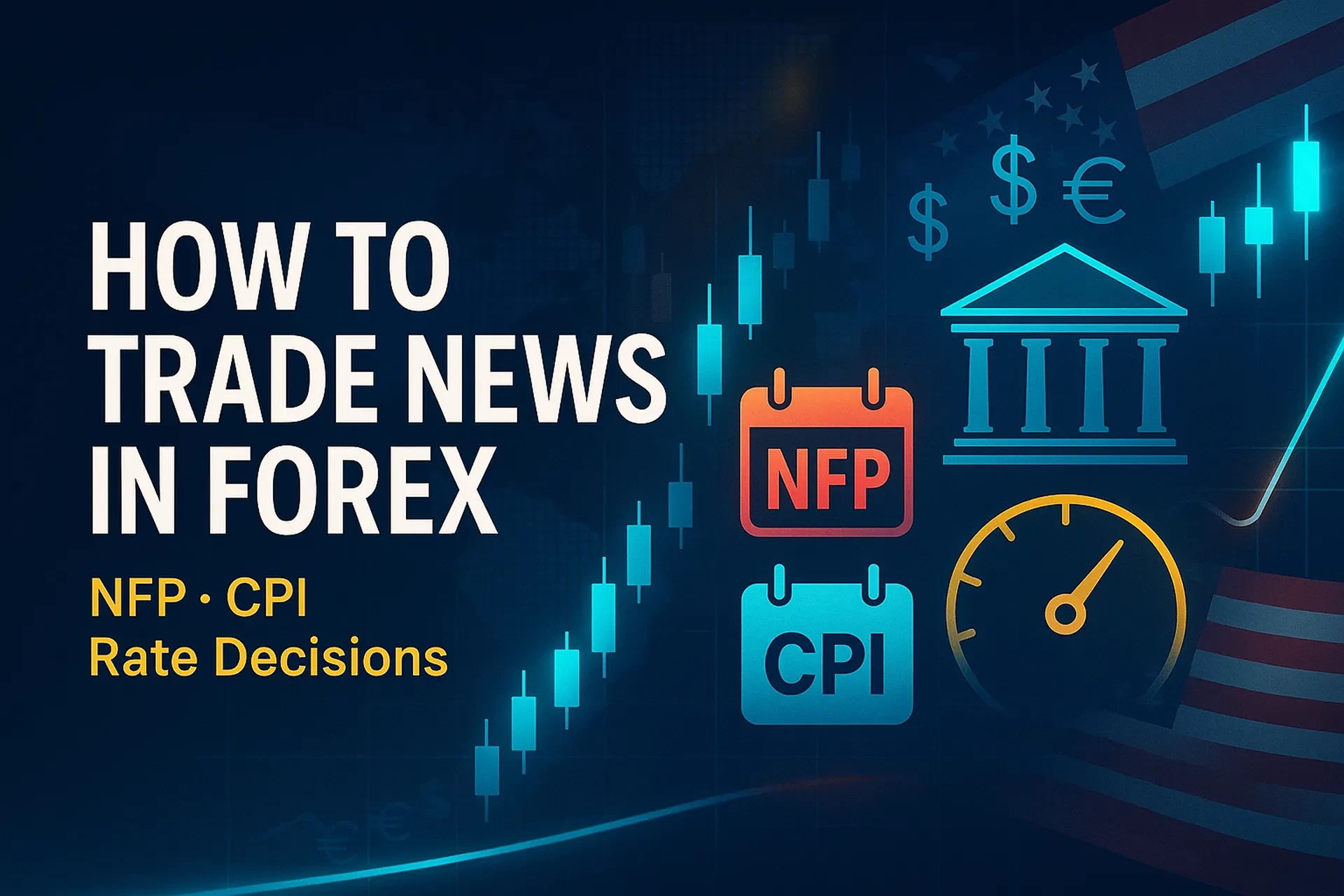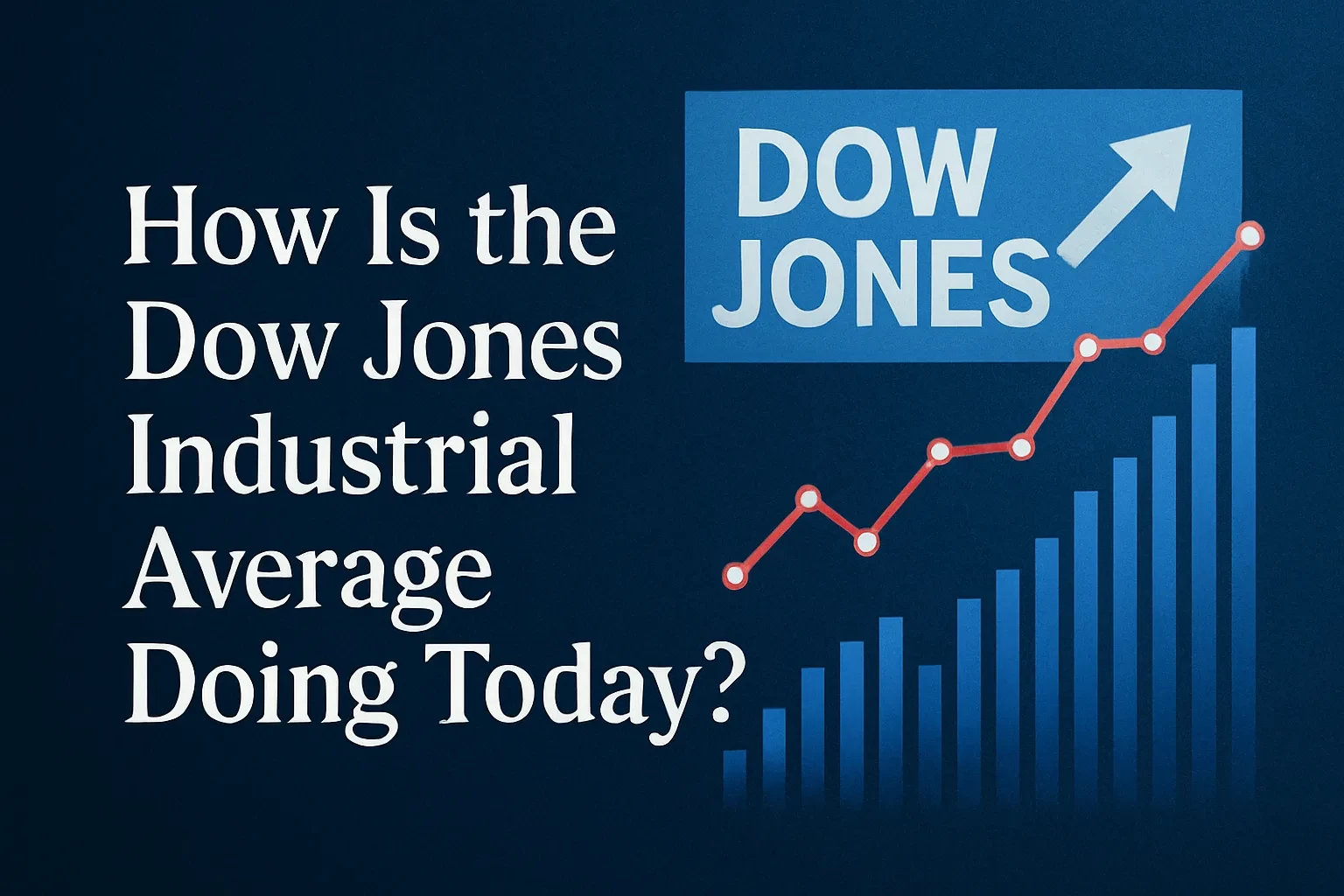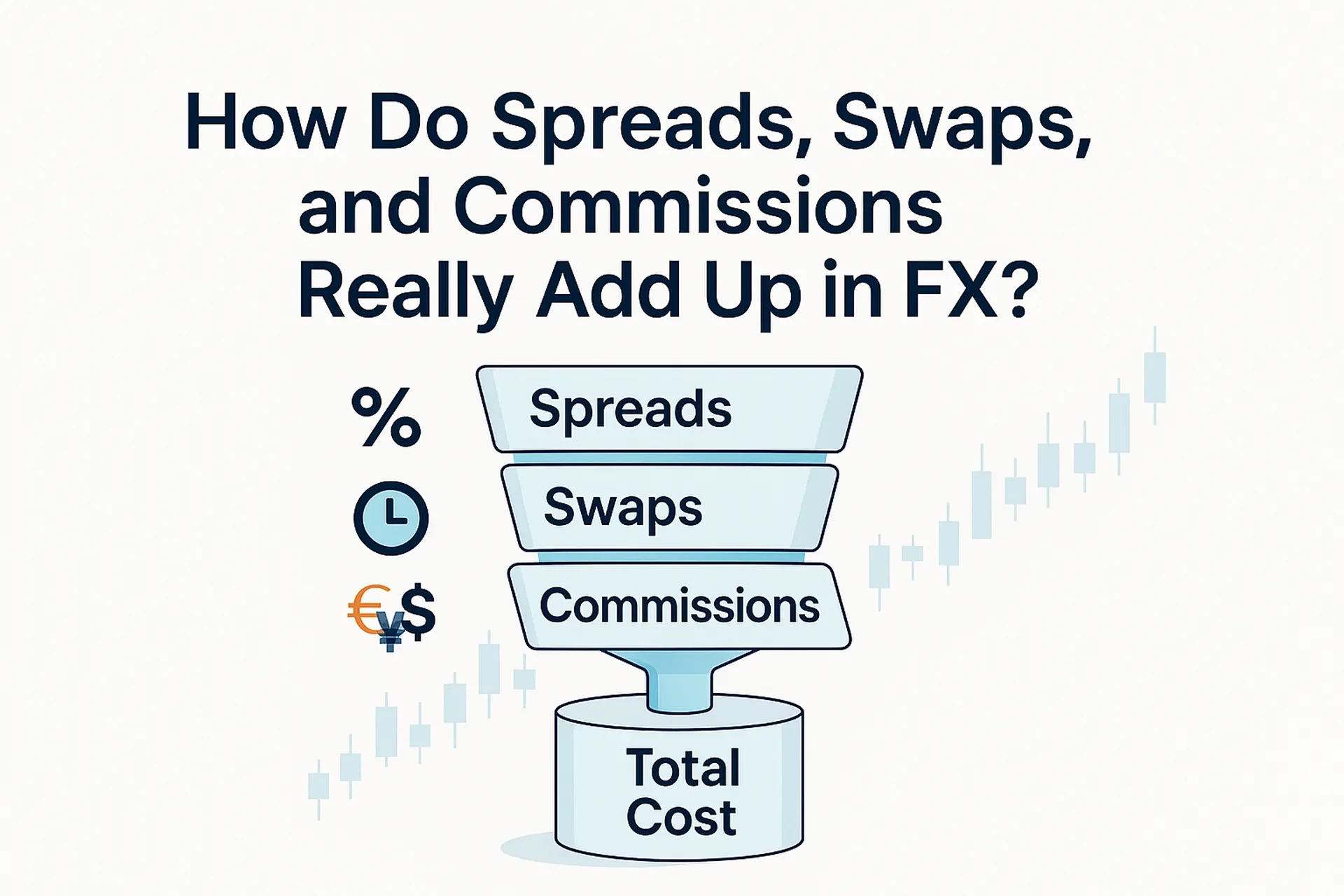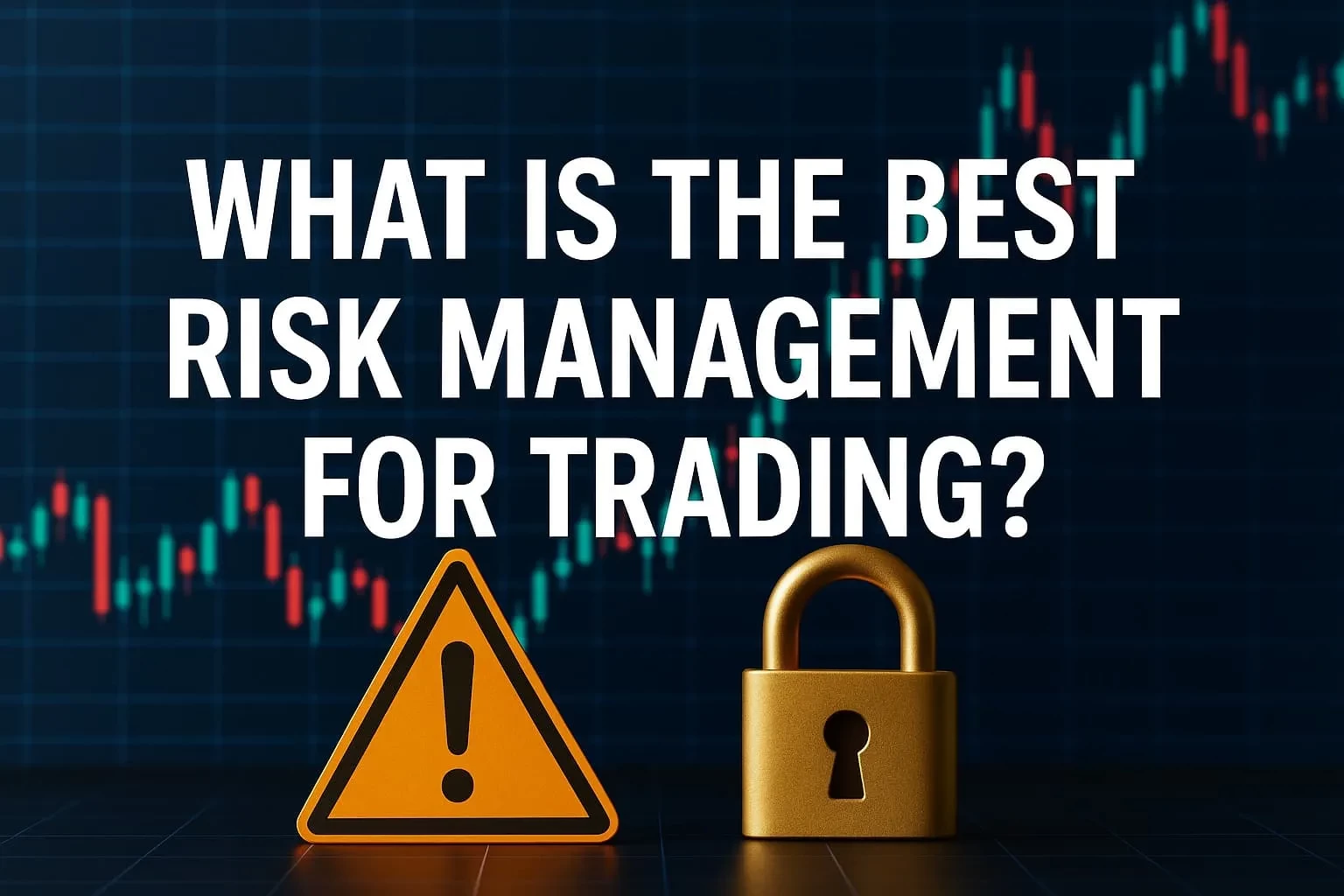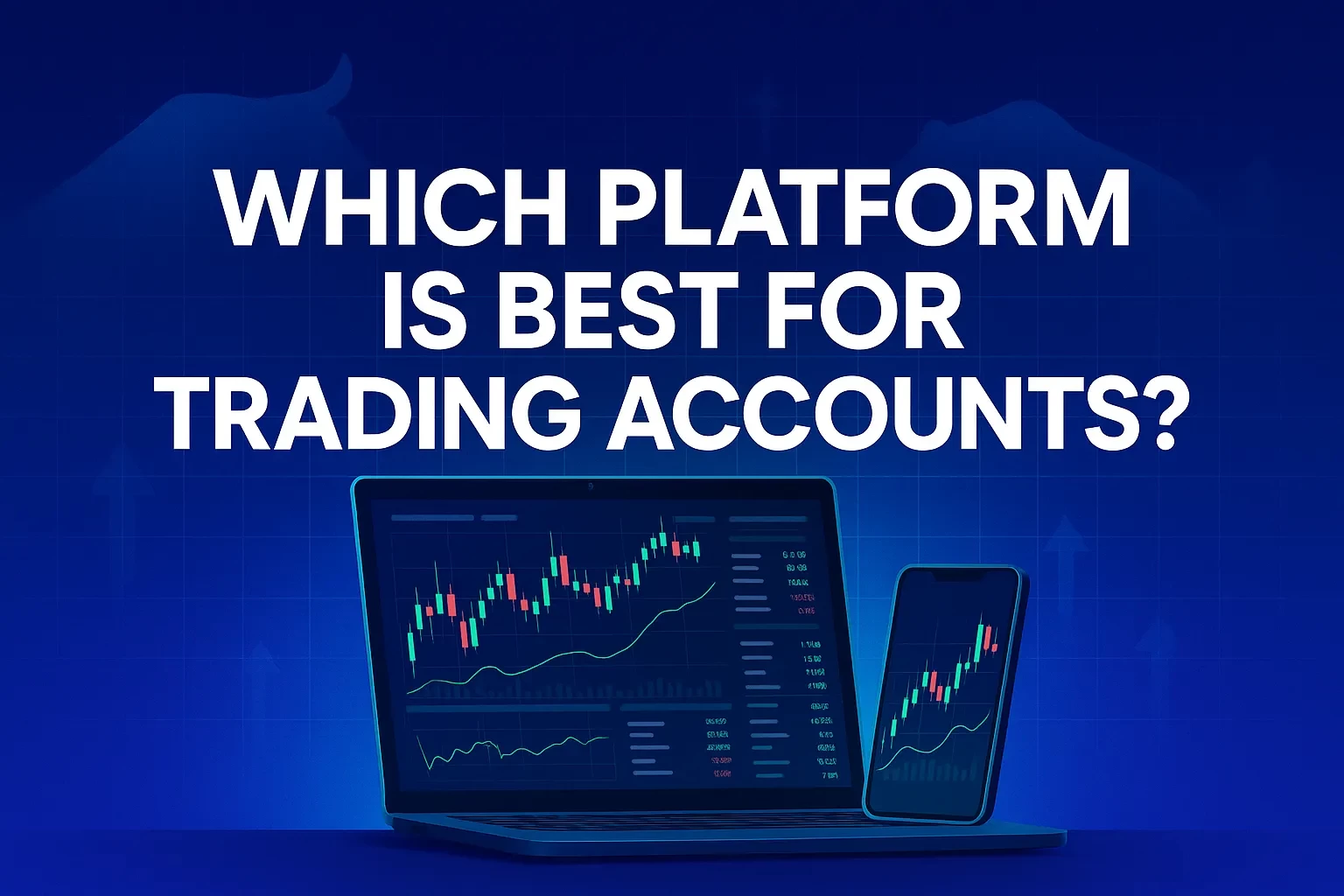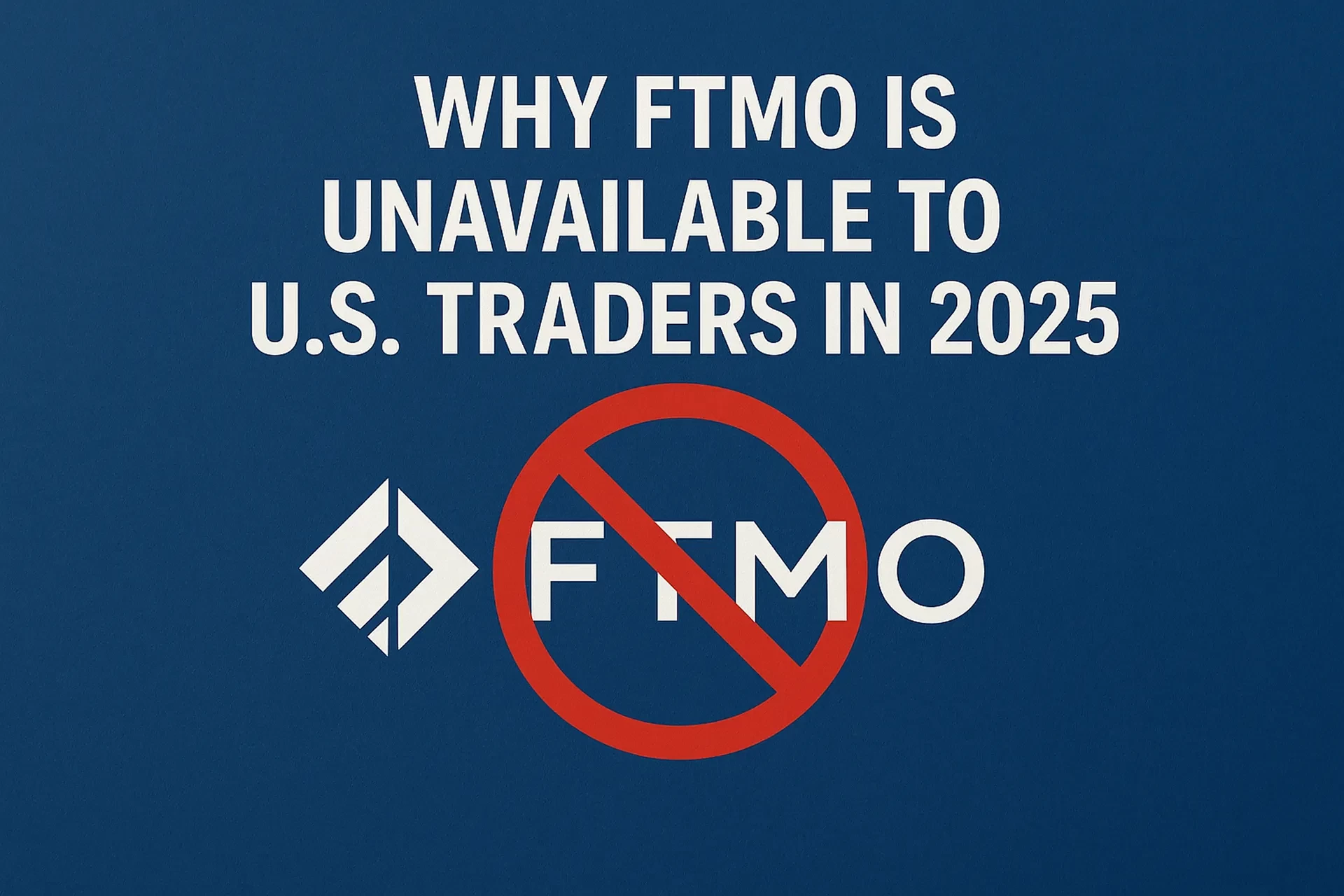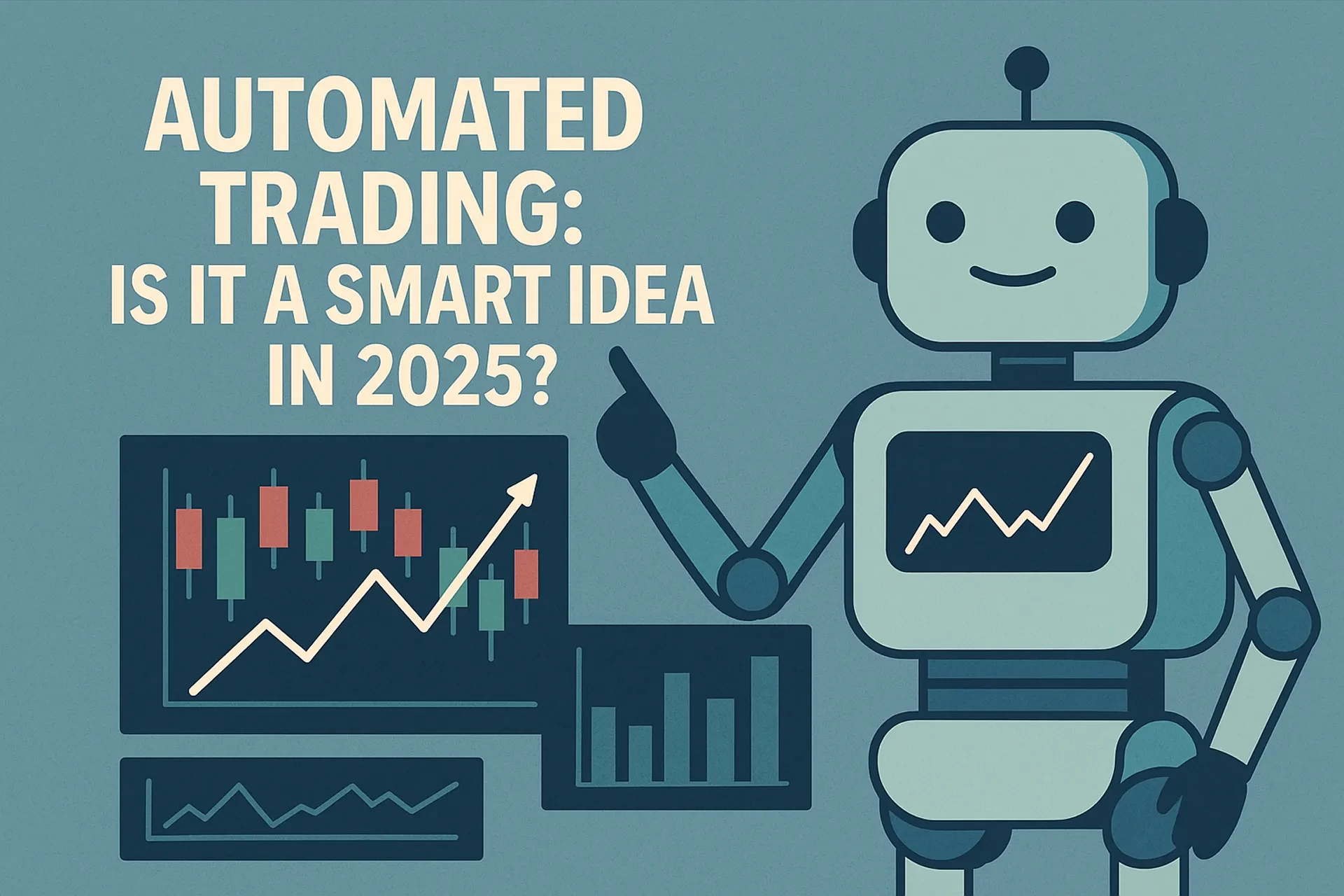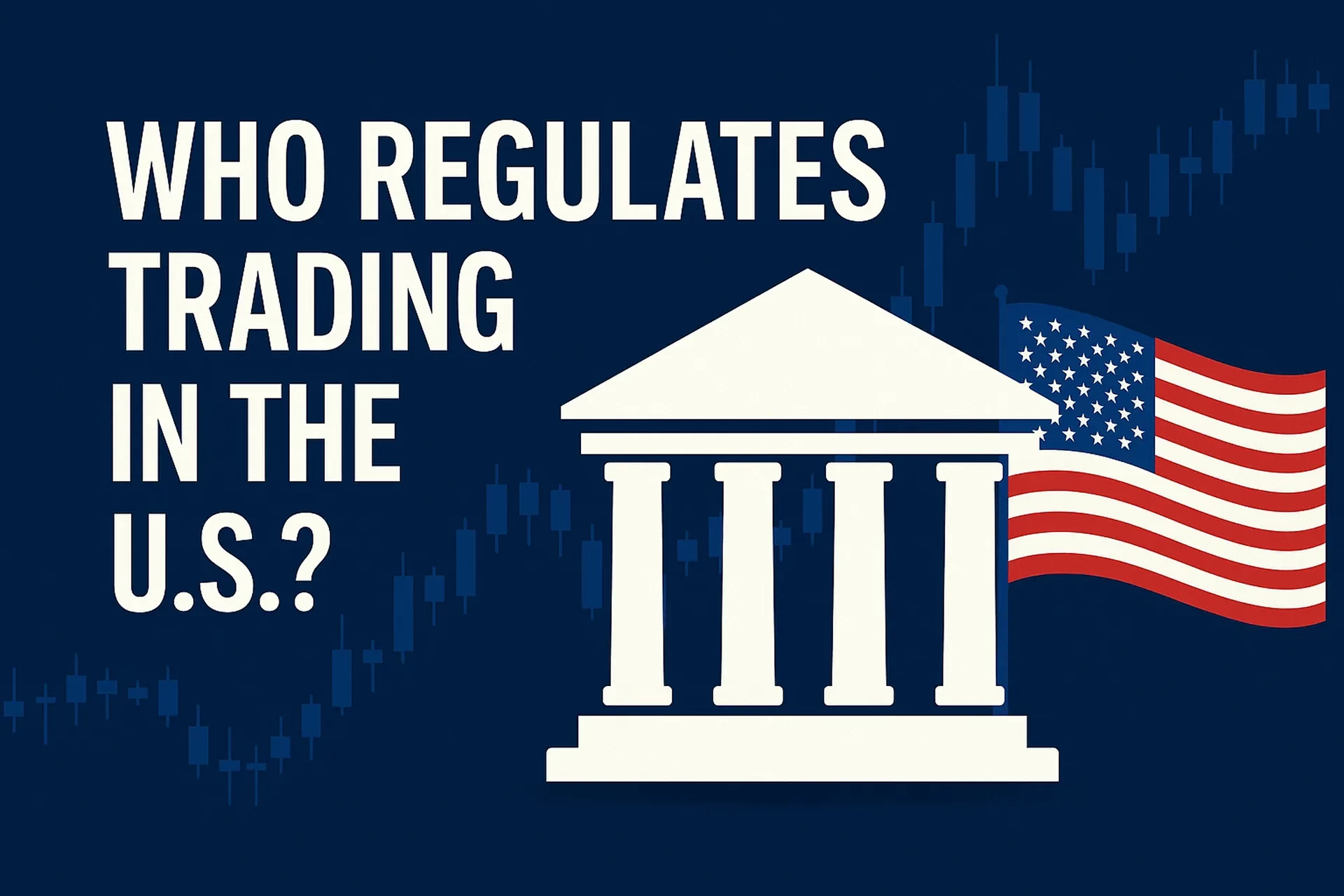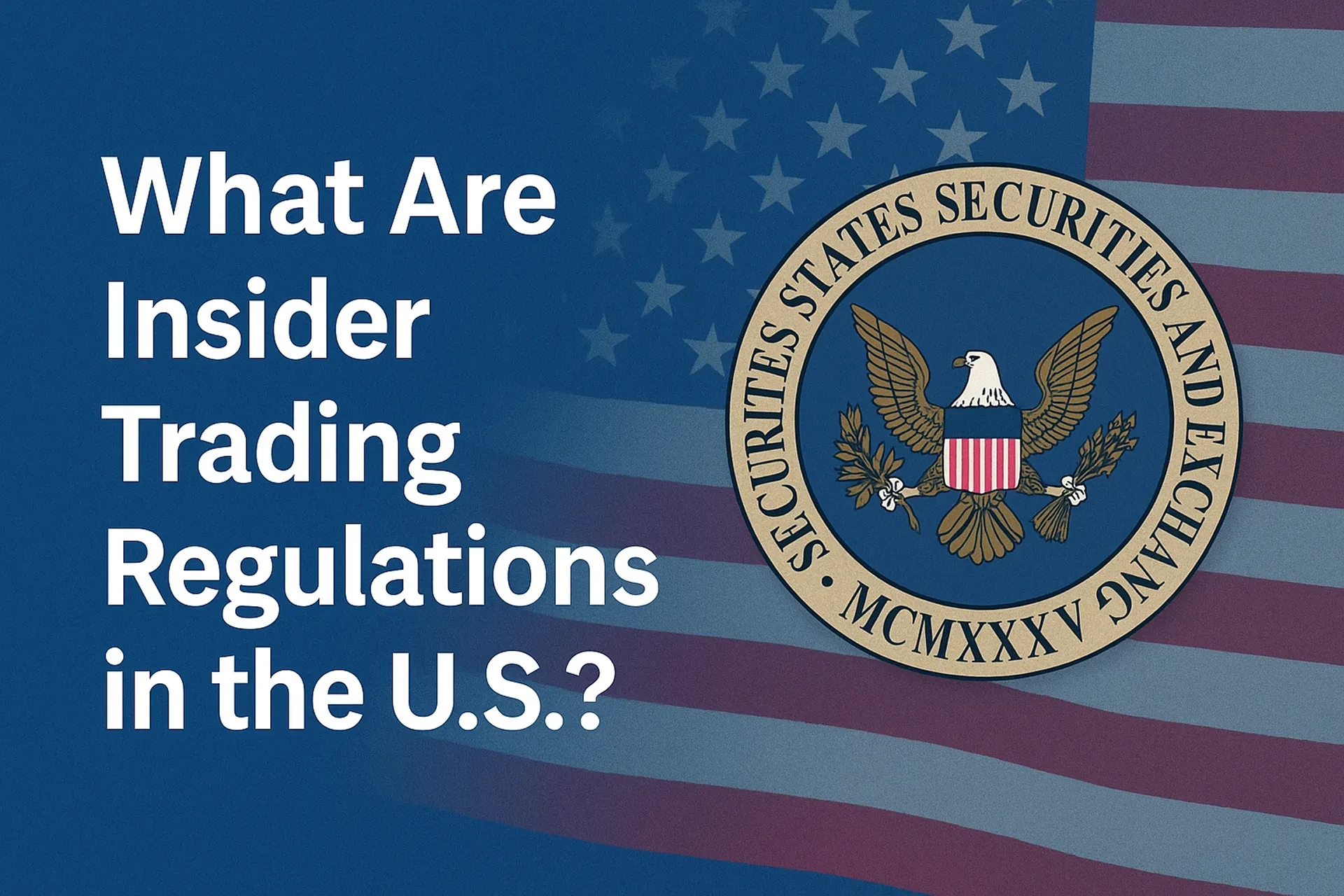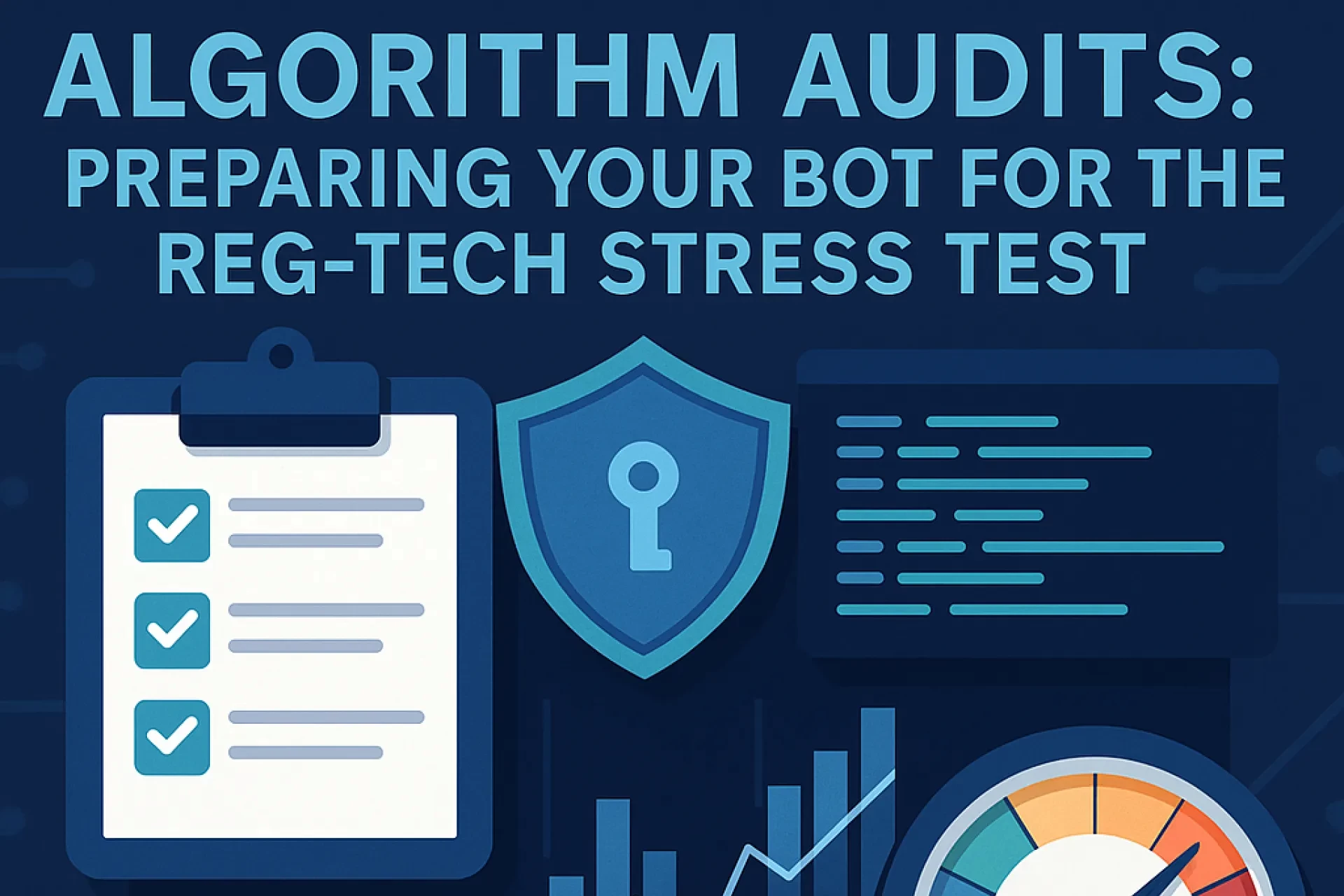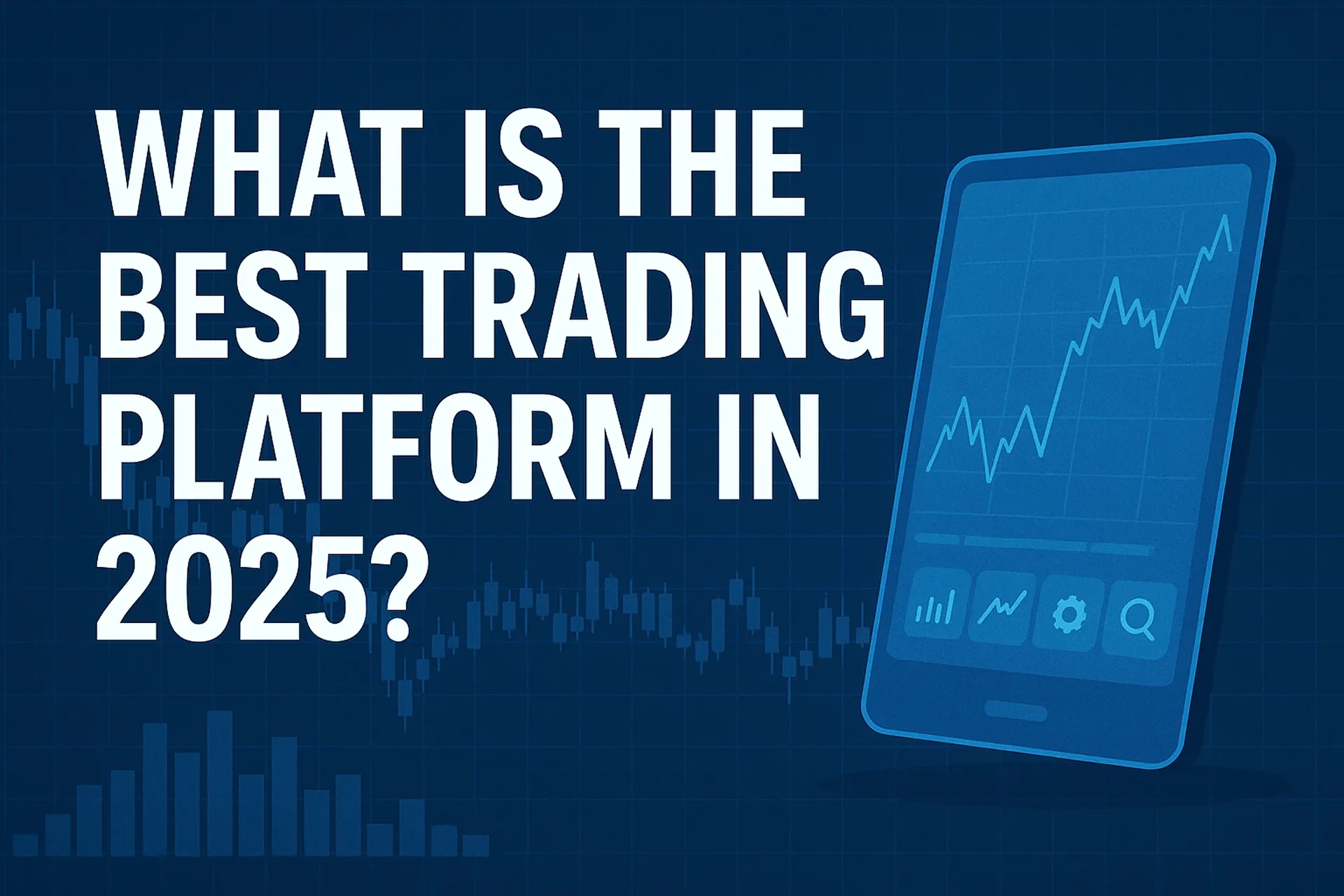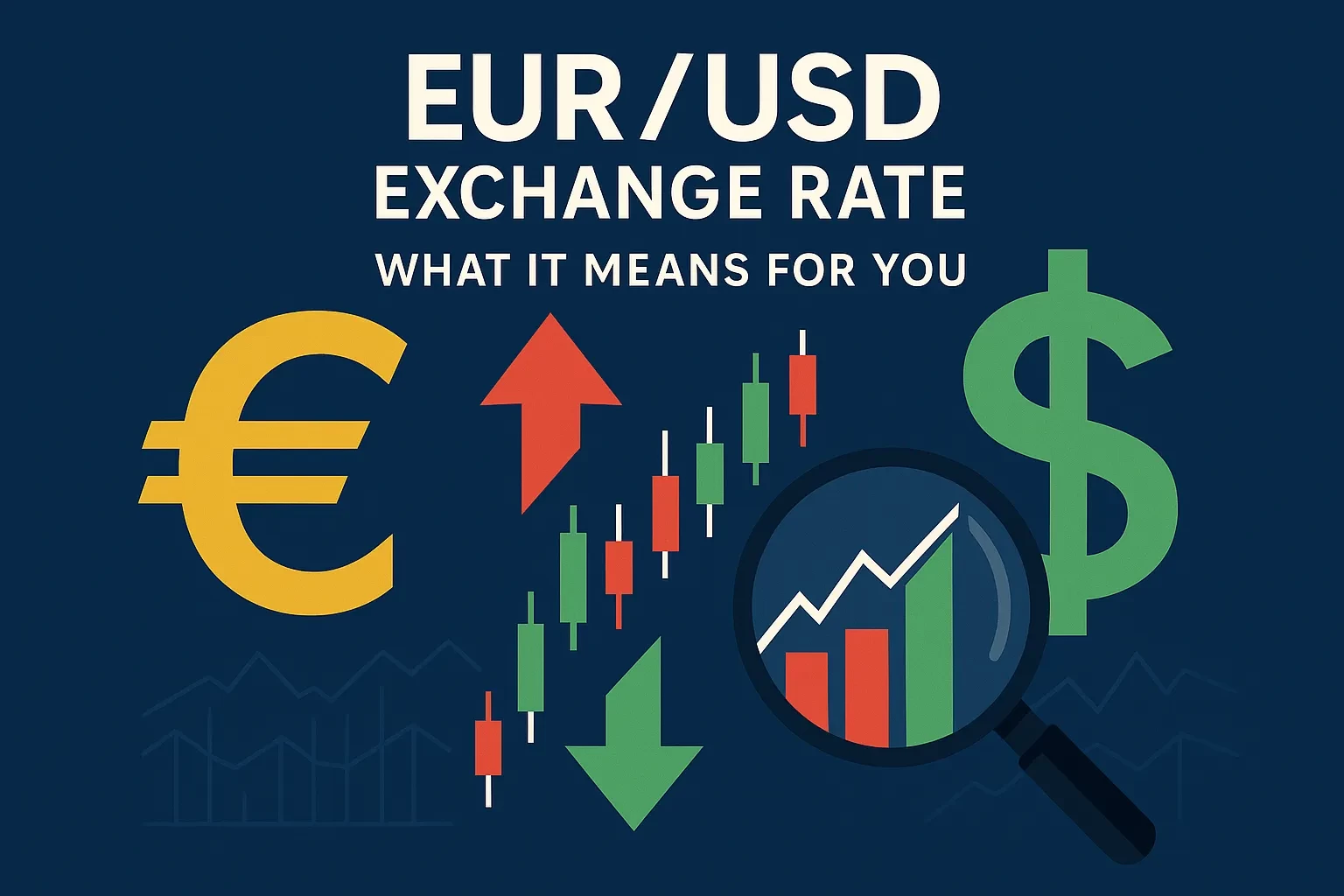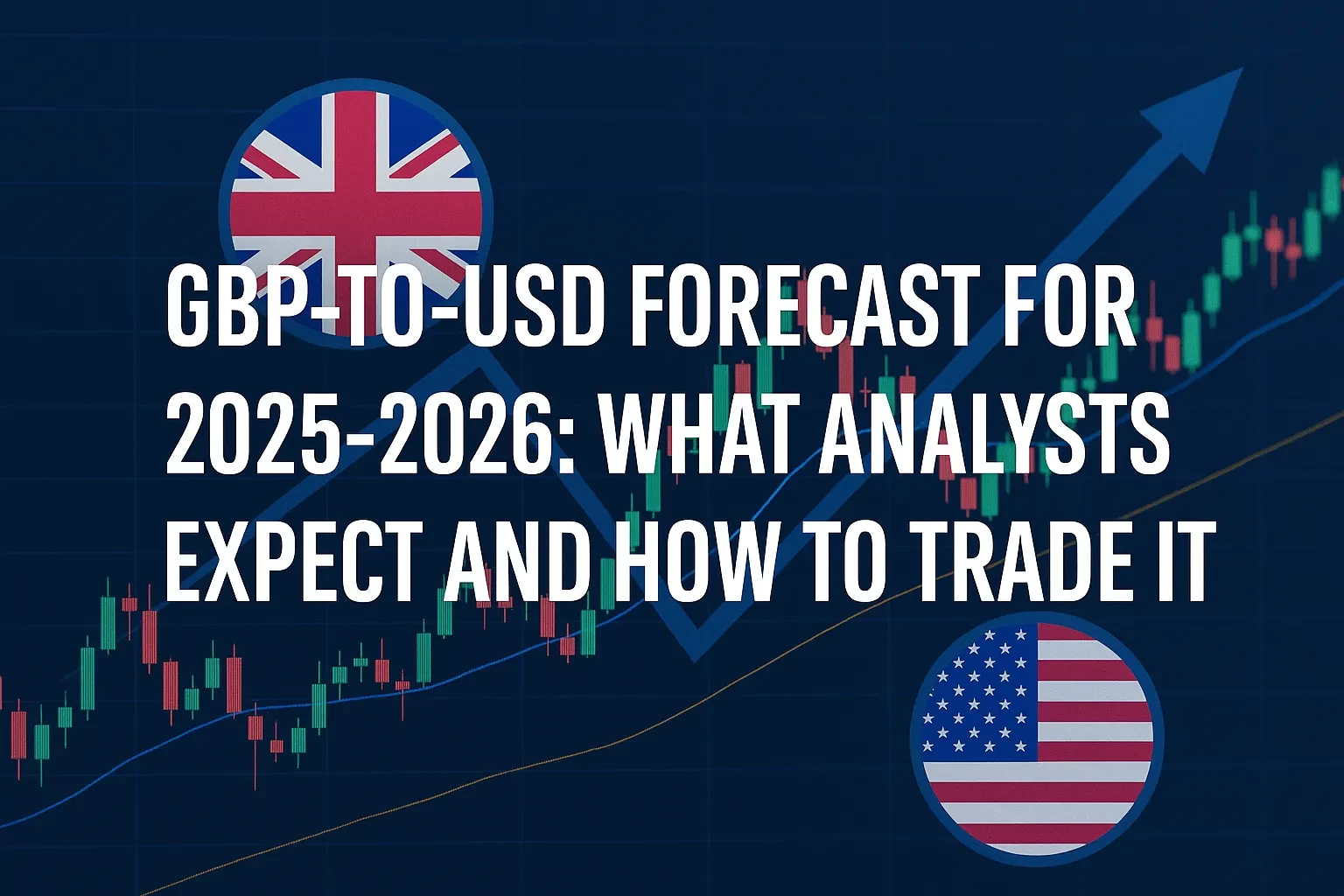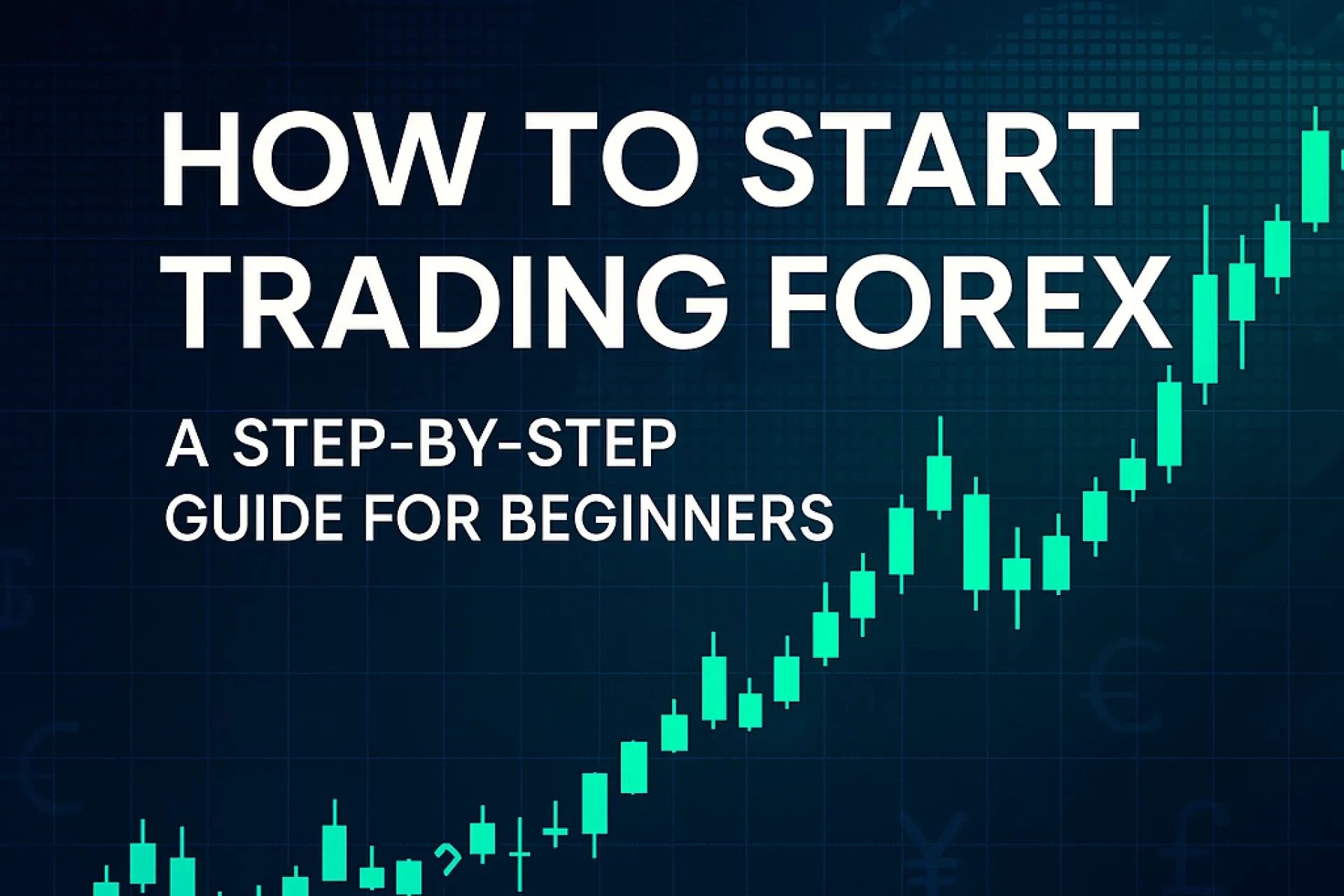Table of Contents
Introduction
Every click you make on a trading screen triggers a hidden race: algorithms route your order, market makers adjust quotes, and regulators watch for best execution violations. Pick the wrong platform and you could pay wider spreads, miss fills, or lose access to research that keeps you ahead of a fast‑moving market. Since 2024, zero‑commission pricing has become table stakes, but execution quality, tool depth, product breadth, and security are where platforms now compete. Recent surveys place Vanguard and Fidelity neck‑and‑neck for DIY investor satisfaction (J.D. Power, 2025), while rule changes—from the SEC’s revamped order‑execution disclosures effective 14 June 2024 to the CFTC’s 2025 clamp‑down on shady futures marketing—raise the bar for transparency. This guide walks you through the landscape, helps you narrow choices with a framework, and spotlights six standout brokers for different needs.
What Counts as a “Trading Platform”?
Trading platform = the combined brokerage account, order‑routing engine, and software interface that lets you place, monitor, and settle trades across asset classes.
Key Categories
| Platform Type | Typical User | Regulatory Lens | Core Edge |
|---|---|---|---|
| Full‑service discount brokers (Schwab, Fidelity) | Long‑term and active traders alike | SEC + FINRA; SIPC insurance | Deep research, robust tools |
| High‑frequency specialists (Interactive Brokers) | Day‑traders, options/futures pros | SEC, CFTC, global regulators | Ultra‑low costs, global markets |
| Fintech apps (Robinhood, Webull) | Mobile‑first, cost‑sensitive investors | SEC, FINRA | 24‑hr or zero‑fee trading, slick UX |
| Social‑trading networks (eToro) | Crowd‑driven, multi‑asset traders | SEC, state regulators | Copy trading, crypto + stocks |
A Step‑by‑Step Framework to Choosing the Right Platform
1. Define your mission. Swing‑trade tech stocks? Hedge with micro‑futures? Clarify goals first.
2. List required instruments. Stocks, options, futures, crypto, fractional shares, foreign markets—write them down.
3. Compare all‑in costs. Look past “$0 commissions” to per‑contract fees, margin rates, and hidden spreads.
4. Test execution quality. Review Rule 605 statistics and third‑party fill‑rate studies. Fidelity, for instance, claims a 0.034‑second median execution speed.
5. Check tool depth. Charting, screeners, automated strategies, API access.
6. Evaluate safety nets. SIPC coverage, two‑factor authentication, and regulator enforcement history.
7. Assess learning curve. Paper‑trading sandboxes, webinars, on‑call reps.
8. Read the fine print. Cash‑sweep yields, inactivity fees, crypto custody terms.
Platform Deep‑Dive: Pros, Cons & Risk Controls
Charles Schwab — Best All‑Around Choice
• Why it wins: #1 Overall Broker in StockBrokers.com’s 2025 review. Integration of thinkorswim delivers pro‑level charting without extra cost.
• Strengths: $0 stock/ETF trades, 0.65 ¢ options contracts, massive research library, 24/7 phone support.
• Watch‑outs: Futures pricing ($2.25/contract) trails Interactive Brokers. Some legacy TD Ameritrade clients report transition hiccups.
• Risk controls: Portfolio margin review, SIPC + excess insurance to $150 million per client.
Fidelity — Best for Execution & Research
• Why it wins: Tops Bankrate’s 2025 “Best for Beginners” list and refuses payment‑for‑order‑flow, passing an average $0.007 per share price improvement to clients.
• Strengths: No commissions, free level‑2 quotes, world‑class research from 20+ providers.
• Watch‑outs: No crypto spot trading; futures only via third‑party.
• Risk controls: Active Trader Pro real‑time alerts; 2‑FA hardware tokens.
Interactive Brokers (IBKR) — Best for Active & Global Traders
• Why it wins: Futures from $0.25 per micro‑contract and access to 150+ markets in 34 countries. In April 2025 IBKR launched “Forecast Contracts,” a regulated prediction‑market product.
• Strengths: Lowest margin rates (5.83 % as of July 2025), advanced API, PortfolioAnalyst.
• Watch‑outs: Steeper learning curve; $10 data bundles add up.
• Risk controls: Real‑time margin monitoring; protective stop‑order presets.
Robinhood — Best for 24‑Hour Micro‑Cap Stock Trading
• Why it wins: 24‑Hour Market lets you trade 900+ U.S. stocks and ETFs virtually around the clock. New “Legend” desktop platform adds eight‑chart layouts and index options.
• Strengths: Friction‑free UX, instant deposits, fractional shares.
• Watch‑outs: No mutual funds or bonds; margin rate still higher than Schwab; limited tax‑lot control.
• Risk controls: Limited; enable price alerts and consider moving larger balances to SIPC‑insured competitors.
Webull — Best for Zero‑Cost Options Spreads
• Why it wins: $0 commissions and $0 contract fees on equity options.
• Strengths: Powerful mobile charts, community sentiment feed, extended hours.
• Watch‑outs: Research depth lags Fidelity; no futures; no automated cash sweep.
• Risk controls: Risk metrics panel shows real‑time delta and theta; option approval tiers gate leverage.
eToro — Best for Social & Multi‑Asset Traders
• Why it wins: Added U.S. options trading in late 2024 and filed its upsized IPO in May 2025, giving it fresh capital to scale U.S. operations.
• Strengths: CopyTrader portfolios, integrated crypto wallet, community stats.
• Watch‑outs: Higher FX spreads than IBKR; limited analytical depth.
• Risk controls: Copy‑stop‑loss auto‑closes mirrored portfolios at preset drawdowns.
Case Study — Upgrading Platforms Without Missing a Beat
Scenario: You’ve run a $15k Robinhood account for two years, mainly trading large‑cap call spreads. You want deeper option analytics, portfolio margin, and futures hedges.
Migration Path:
1. Open a cash account at Interactive Brokers; link bank via ACH.
2. Export Robinhood tax docs (Form 1099) and CSV trade history.
3. Transfer positions via ACATS—no tax impact on U.S. equities.
4. Enable IBKR’s Risk Navigator; replicate option spreads; add micro E‑mini S\&P futures to hedge delta exposure.
5. Fund margin once comfortable; request portfolio‑margin upgrade.
Result: Commissions per contract drop from $0.65 + $0.30 (Robinhood Gold) to $0.15 at IBKR, and futures micro‑lots provide 95 % correlation hedge with 10 % capital usage.
Common Mistakes & Expert Tips
| Mistake | Why It Hurts | Expert Fix |
|---|---|---|
| Chasing bonus cash only. | Transfer bonuses can blind you to higher ongoing fees. | Calculate net benefit after 12 months of trading costs. |
| Ignoring execution stats. | A $0 commission can hide a $0.02 worse fill. | Review Rule 605 reports quarterly. |
| Using 100 % margin. | Overnight volatility can trigger liquidations. | Cap margin to 30 % of buying power; set auto‑close levels. |
| Neglecting tax lots. | FIFO defaults can raise capital‑gains tax. | Use specific lot IDs in Schwab or Fidelity’s interface. |
Pro Tip: When testing a new platform, run parallel paper trades first. Both thinkorswim and Interactive Brokers offer real‑time simulated accounts that mirror live spreads.
FAQs
Conclusion — Your Next Move
Match the platform to the plan. If you want an all‑weather brokerage with top‑tier research, Fidelity leads. Need rock‑bottom futures pricing and global reach? Interactive Brokers is unbeatable. Prefer a social feed and round‑the‑clock equities? Robinhood and eToro have you covered—just manage risk carefully. Open a small starter account, run parallel paper trades, and revisit execution data every quarter. Your capital—and your peace of mind—deserve nothing less.
